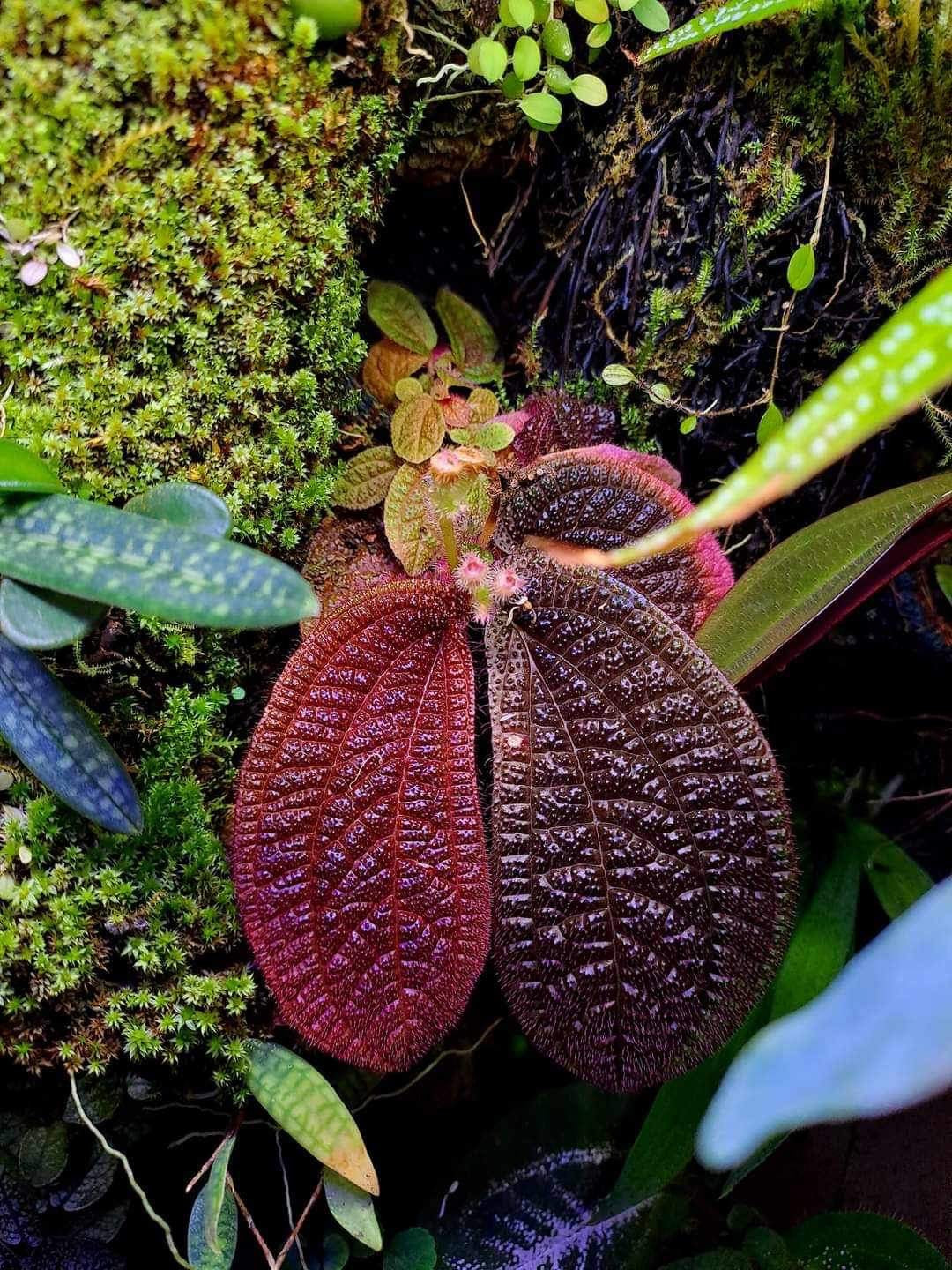The Sonerila seeds that I offer are of European origin, guaranteeing exceptional quality. They are 100% fresh, which is essential for the success of your growing project.
However, it is important to note that these seeds are tiny, measuring less than 1 mm. So be very careful when handling them, as they can easily be misplaced.
The prices we display are valid for quantities of 20 seeds or more, allowing you to build up a beautiful collection of these fascinating plants.

Here are some growing tips to help you achieve optimal results.
Choice of Substrate:
The choice of substrate is crucial for the growth of Sonerila. You have two options. The first is to mix very finely chopped sphagnum moss with pine bark (grain size 1-3 mm) and possibly river sand as an option. Make sure the mixture is very homogeneous by mixing it thoroughly. The other option is to use blond peat mixed with perlite.
Germination:
Germination of Sonerila seeds can take anywhere from 2 to 14 weeks, depending on the species. However, it is important to note that germination may be slower if temperatures are below 22 degrees Celsius. In such conditions, germination may be delayed by up to 4 months.
Containing:
Use an airtight plastic container large enough to sow your seeds sparsely. This will allow good control of humidity and aeration.
Light :
Sonerila prefer low to medium light. Interestingly, some grow lights with a violet spectrum (mixture of red and blue) have given good results for their growth.
Important Notes: Do not provide nutrients or fertilizers to Sonerila, as they do not appreciate nutrient-rich substrates. When sowing your seeds, place them on the surface without covering them. Keep the substrate slightly moist, but be careful not to soak it. Finally, remember to open your container from time to time to renew the air, which is essential for the growth of the plants.
By following these tips, you will have every chance of successfully growing your Sonerila seeds and enjoying the beauty of these unique plants. Happy growing!

